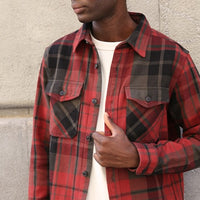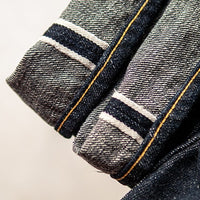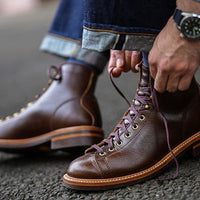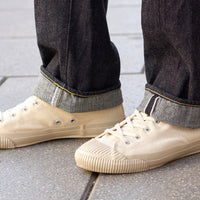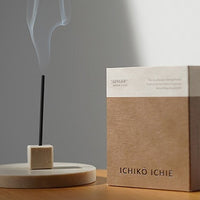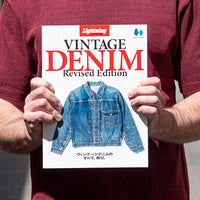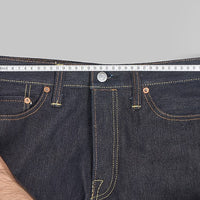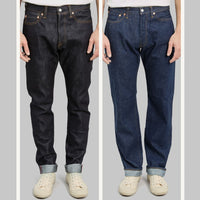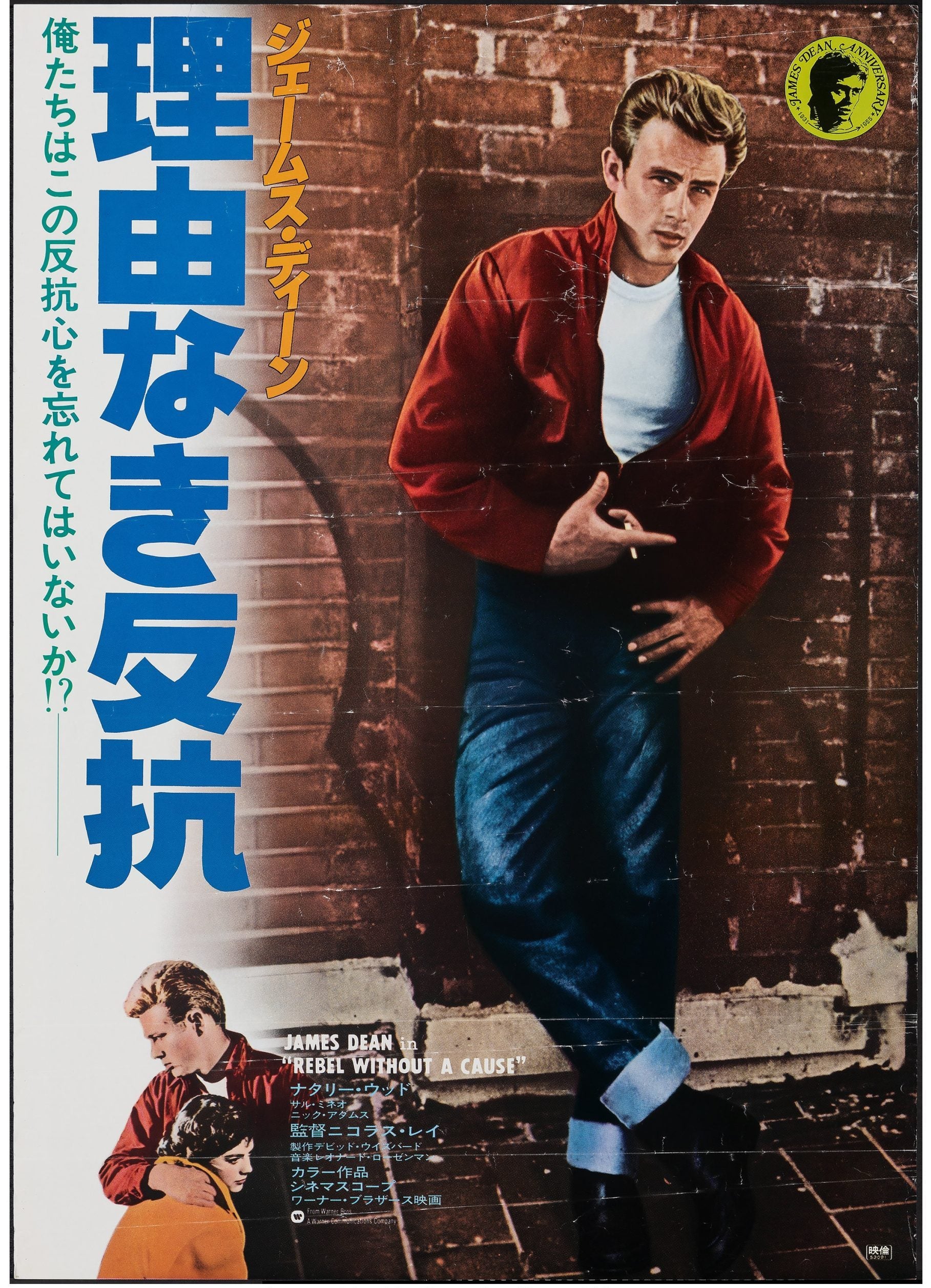
HISTORY OF JAPANESE DENIM
Japanese society first came into contact with denim through the American soldiers who, when leaving Japan after World War II, left some of their belongings behind (among them jeans). Many of these belongings ended up being sold in street markets, and jeans attracted the gaze of many a Japanese during this time.
Since its emergence in the second half of the 19th century, denim was intended only for wearing in mining and other occupations in the US and it wasn’t until the 1950s that its use became widespread and made its appearance on the street and even on the big screen. In 1955 the popular film “Rebel Without a Cause” featured the outlaw James Dean in an attitude of defiance. Its aesthetic and other elements of American culture attracted the attention of many Japanese, whose tradition and culture, strongly rooted in effort, hard work, honour and values, made many of them look towards the USA in a quest for a more free-and-easy lifestyle, which led to the adoption of part of this American culture under the influence of film, music, motorbikes and clothing. This is how films such as “The Wild One” or “Rebel Without a Cause”, big Rock‘n Roll names such as Elvis Presley or classic motorcycles such as Harley Davidson became the standard of a Japanese counterculture that was here to stay and in which one icon stood out above the rest: Levi’s, the jeans made by Levi Strauss.
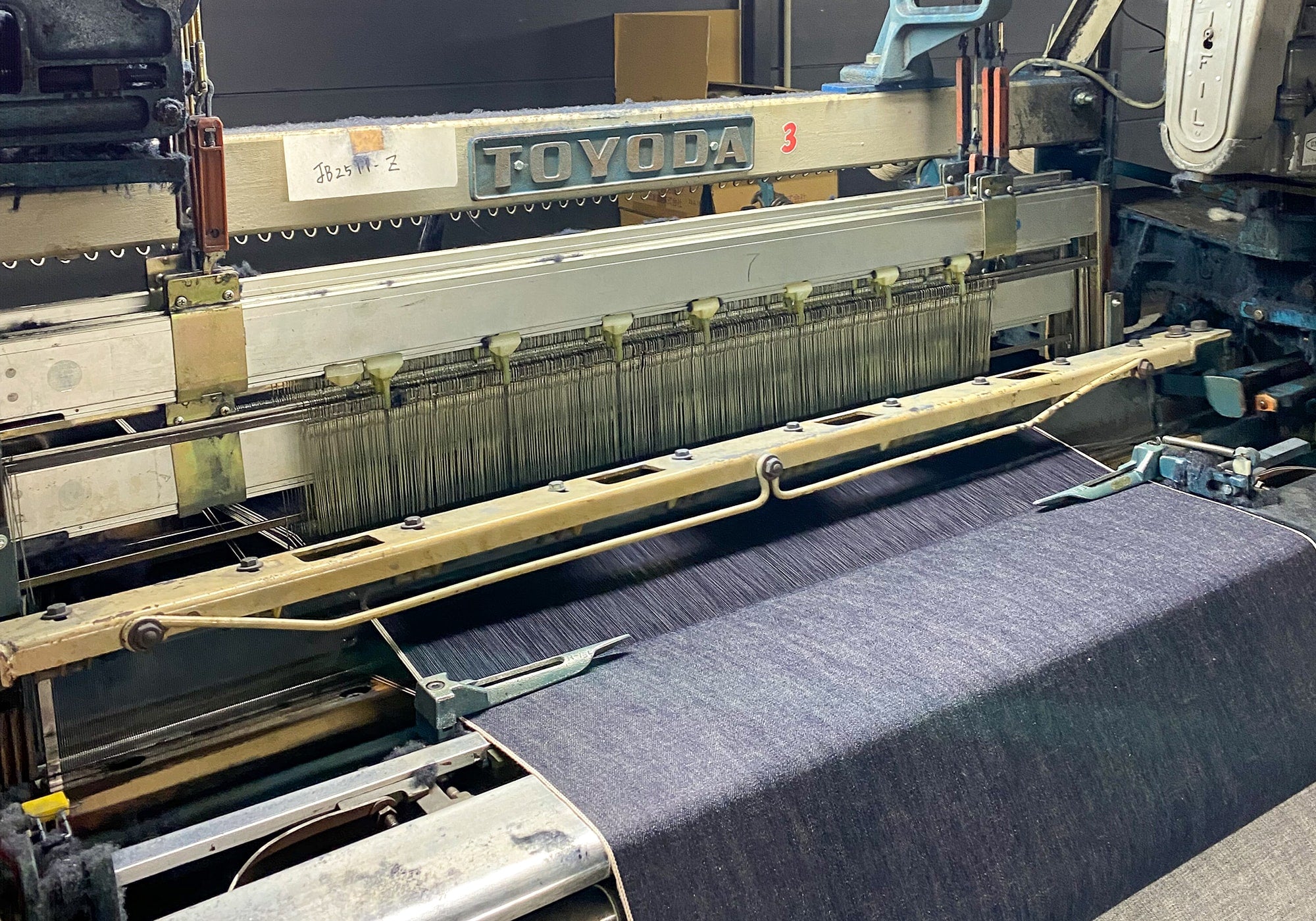
In postwar Japan, the press coined the term “Taiyōzoku” to mock a new wave of rebellious, affluent youth embracing American culture—denim jeans included—as a quiet rebellion against tradition. Sensing this shift, Tetsuo Oishi, son of the founder of Oishi Trading Co., began importing 30,000 used Levi’s 501s per month from the U.S. Sold in markets like Ameyoko, they quickly became a youth obsession.
Seeing their popularity, Oishi wondered: “What if I made new ones?”. Determined to recreate the Levi’s 501, he studied their construction—Cone Mills fabric, Union Special machines—and spent a year developing a prototype. Denied access to the original Cone 686 fabric, he sourced an alternative from Canton Mills in New York and launched Canton Jeans: the first jeans made in Japan with American denim.
Demand surged, leading to new factories in Miyagi and Akita, but production fell short. The company then partnered with Maruo Clothing in Kojima (Okayama)—known for school uniforms—to produce jeans. Once trained, Maruo launched its own brand: the iconic Big John (which we’ll talk about later). However, Japan still lacked something crucial: its own denim.
Meanwhile, U.S. brands shifted to mass production in the late ’60s, replacing shuttle looms with projectile looms, prioritizing volume over quality. As details and durability declined, Japanese makers—rooted in a rich textile tradition—responded. With its deep-rooted textile tradition, took notice. Inspired by the Levi’s of the 1950s and early ’60s—the very jeans that had fueled their own youth movement—Japanese artisans began producing their own selvedge denim on traditional shuttle looms. "These looms came from Toyoda Automatic Loom Works, a subsidiary of Toyota.
Thus began Japan’s journey to become the world leader in high-quality denim, driven by craftsmanship, heritage, and a commitment to preserving the soul of true jeans.
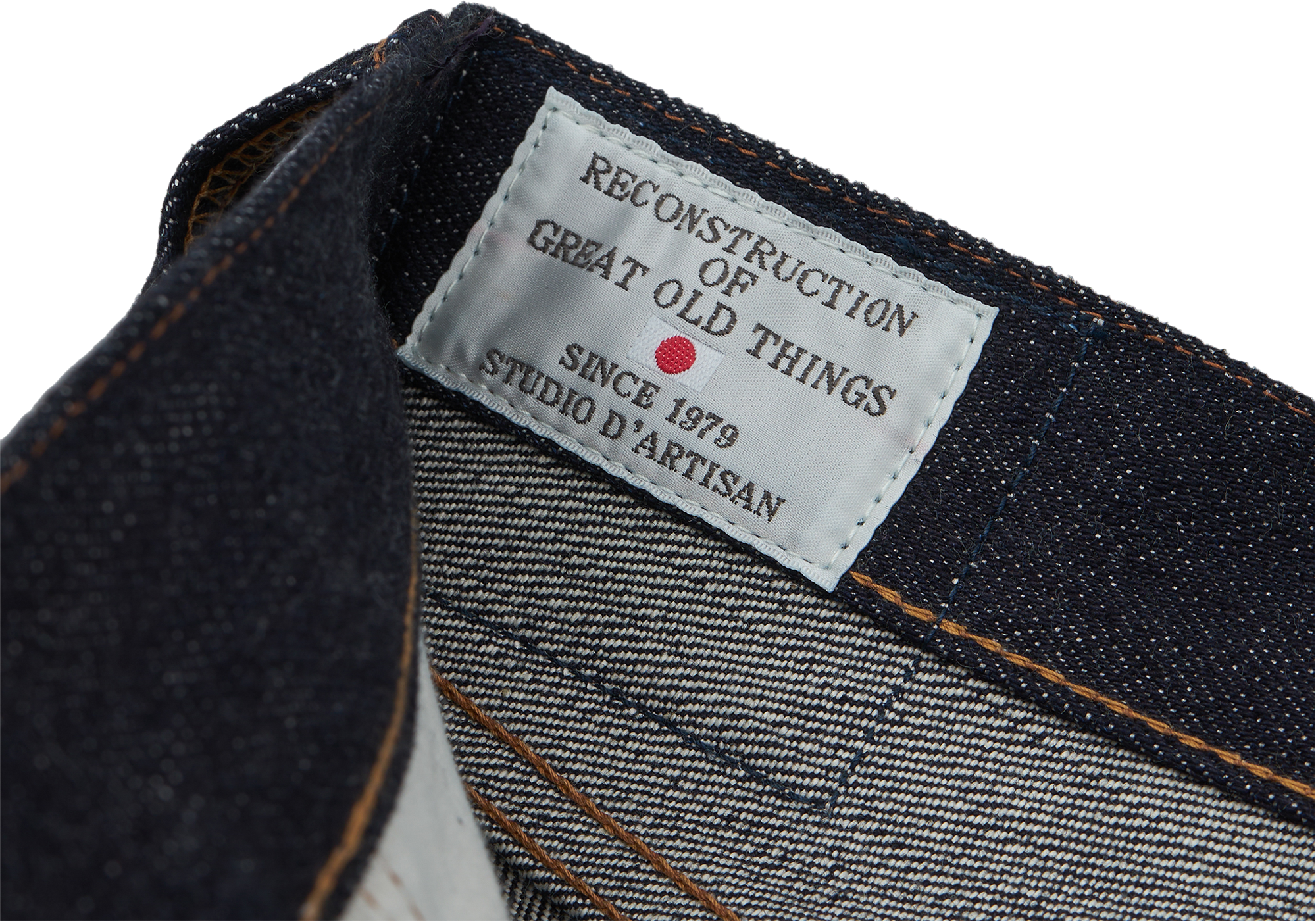
Toyoda shuttle looms (still being used today by Japanese denim artisans) interweave warp and weft threads with a component called a shuttle, which loops the warp thread back and forth on the loom, threading it through the weft threads in a unique way in which the fabric acquires a texture and resilience impossible to achieve on the modern industrial-production looms that were even then becoming dominant throughout the world.
In 1972, the Japanese textile company Kurabo, after eight attempts, succeeded in manufacturing the first Japanese selvedge denim fabric in history (called KD-8) in its factory situated in Kojima (a town with an important textile tradition at the time and the epicentre of Japanese denim today). And just a year later, the brand Big John, also located in Kojima, which had been making jeans with American fabrics in the past decade, sold the first pair of jeans produced entirely in Japan under the collection called M-Series and using the Kurabo KD-8 fabric we mentioned earlier.
Some years later, in 1979, Shigeharu Tagaki created in Osaka the Studio D’Artisan brand (today one of the icons of Japanese denim), later joined by the brands Denime, Evisu, Fullcount and Warehouse. Together they formed what became known as the “Osaka 5”, creating a distinctive style and establishing the bases of what has become the culture of Japanese denim.
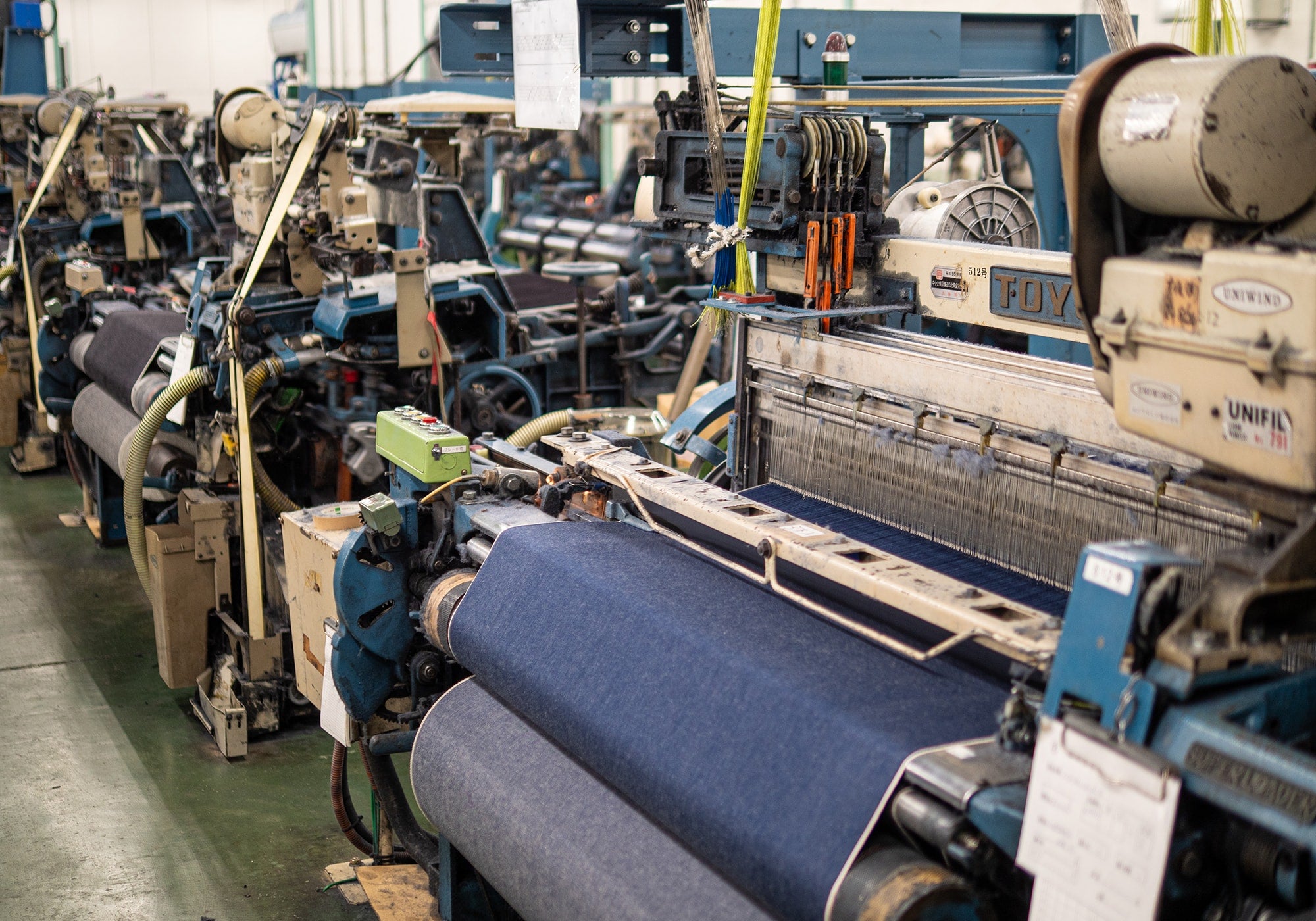
Thanks to their machinery, textile tradition and their cultural obsession with perfection and work well done, the Japanese brands producing selvedge denim very soon not only achieved the quality and detail of the iconic American jeans models in which they were inspired; they also overtook them.
The “Osaka 5” were shortly thereafter joined by other brands such as the mythical Samurai, while the town of Kojima, in Okayama Prefecture, established itself as the gathering point for other small brands and craftsmen engaged in denim production.
At the present time, the majority of the few shuttle looms still in operation in the world are to be found in Kojima. Here, many small producers have adopted the tradition of Big John and the Osaka 5, taking their production to extremes of quality and attention to detail that are difficult to encounter nowadays.
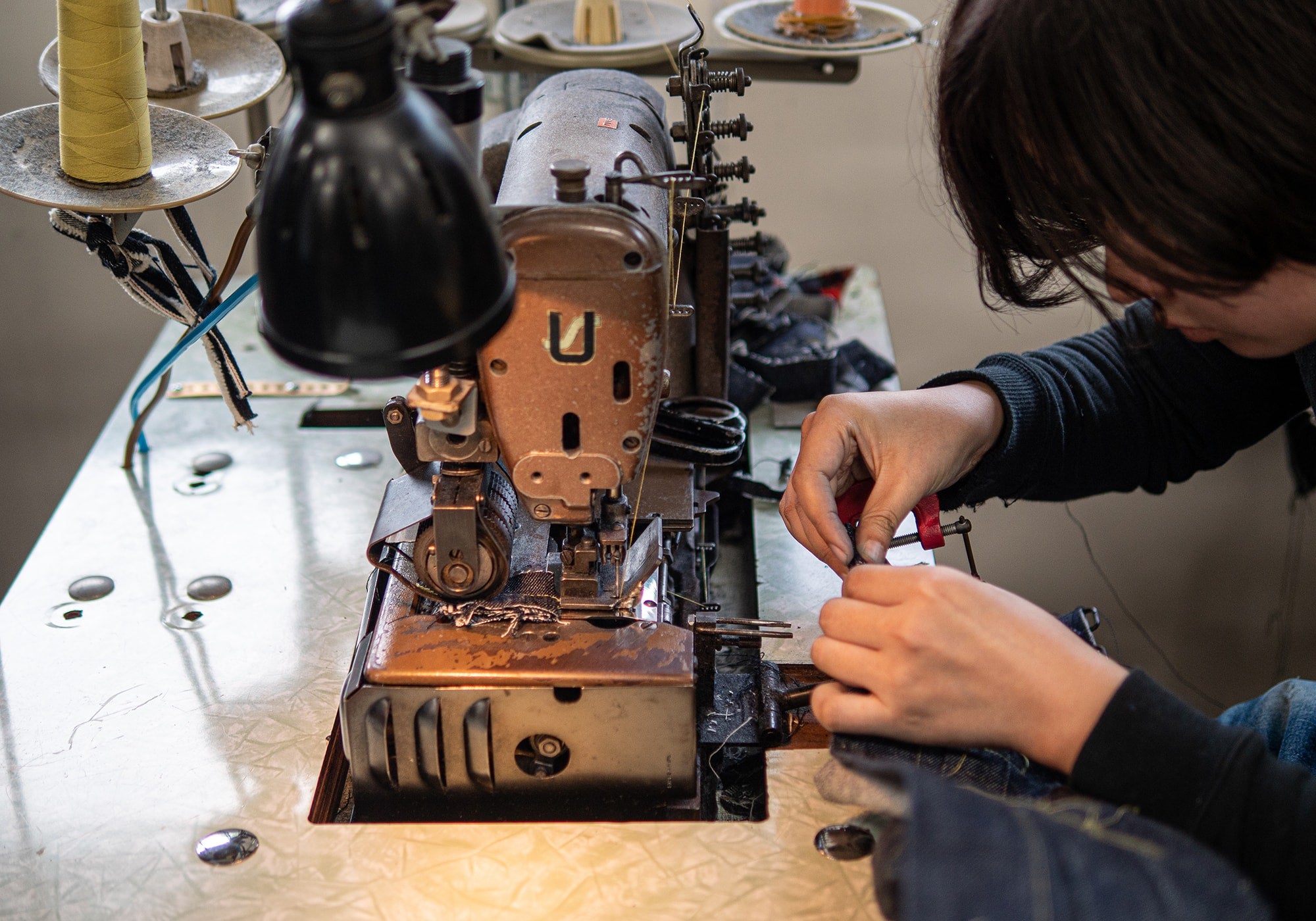
Far distanced from fast fashion and mass production, Japanese artisans are underpinned by the concept of “Takumi”, a Japanese word that describes craftsmanship as a way of life, a philosophy. This means that dyeing with indigo, loom work and garment making involve a veritable ritual resulting in garments and accessories that are unique in the world.
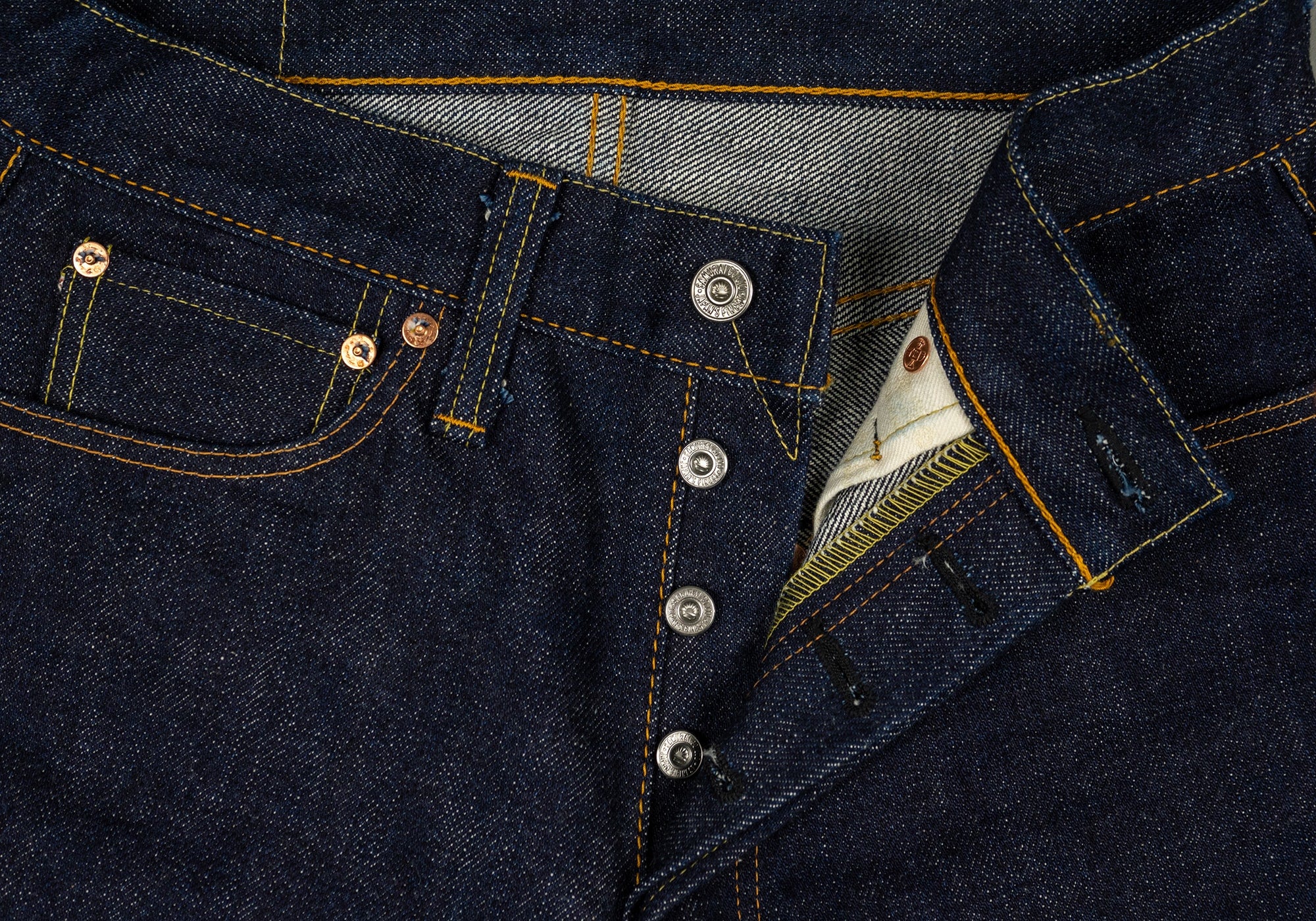
Japanese denim and other garments are right now highly appreciated items worldwide thanks to several factors: the extreme quality of their fabrics, the quality of their dyes, the use of the best cottons and raw materials and innumerable quality details in their seams, buttons, rivets, pockets, etc.
But denim is not the only Japanese example of how to take a product originating in another country to the very pinnacle of quality. Some examples are Ibanez guitars, Hakushu whisky or Kalavinka steel track bicycle frames; products of the very highest quality lusted after around the planet.

